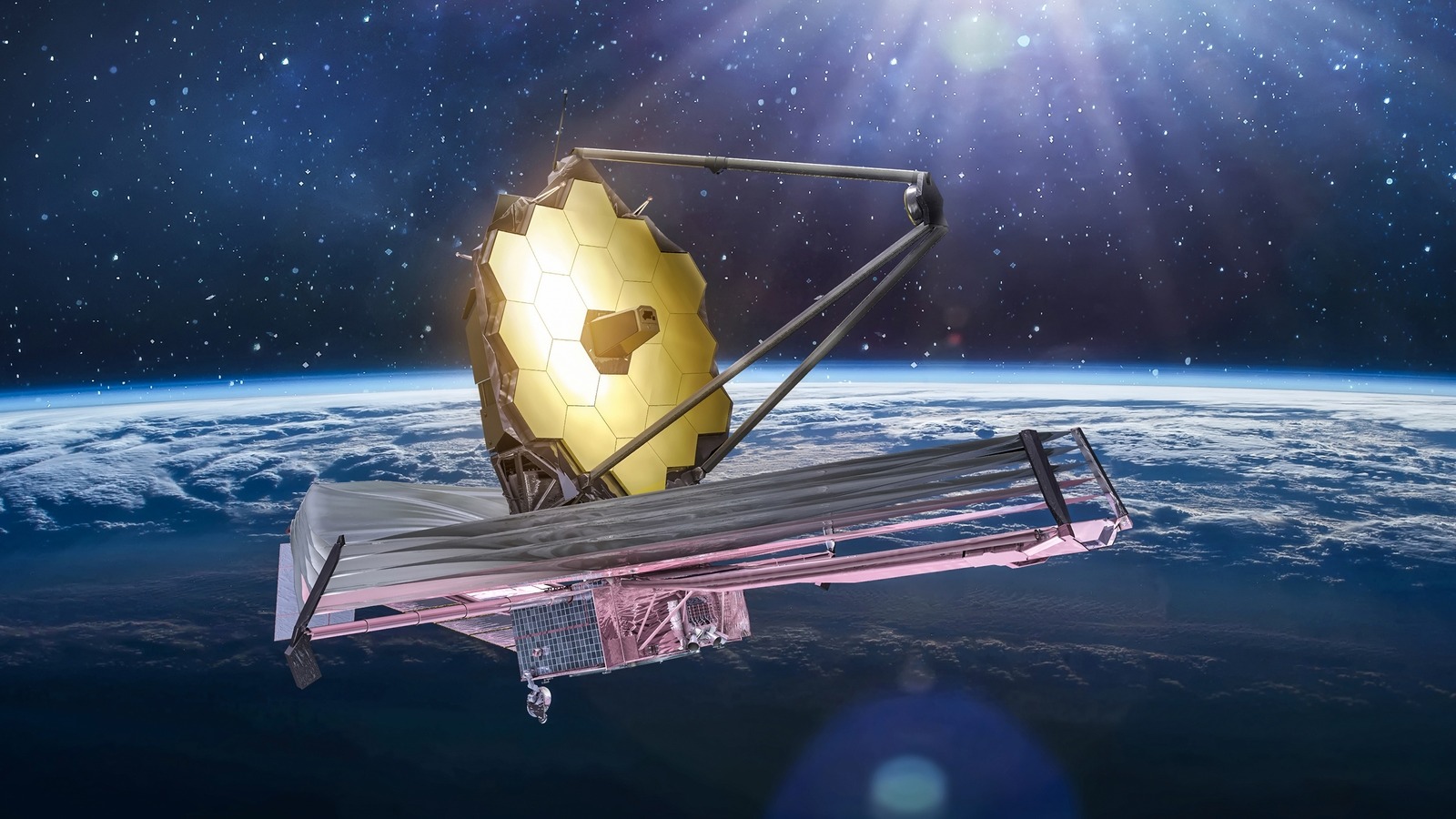
The researchers collected 72 exposures from FGS over 32 hours and combined them into this image which shows stars in the foreground and a sea of bright galaxies in the background. Although the image is, as NASA describes, “rough-around-the-edges,” with diffraction spikes of stars caused by Webb’s primary mirror segments and an uneven shape because of the different exposures, it is one of the deepest views of the universe yet captured. The very high sensitivity of the instrument allows it to see galaxies even if they are very far away.
The image was captured in the infrared wavelength, as this is the wavelength in which all of Webb’s instruments operate, and the FGS specifically took data for this image in the 0.6 to 5 micrometer range. The FGS doesn’t capture images in color, so the red-orange appearance is a false-color effect: white objects are the brightest, then orange, then red (via NASA).
The image shows just how detailed the Webb images are expected to be when they are released, and gives a hint at the kinds of science that the telescope will enable, such as looking back at some of the earliest galaxies in the universe. It would appear that image data from the FGS may be useful beyond its primary intended function.
“When this image was taken, I was thrilled to clearly see all the detailed structure in these faint galaxies,” said one of the FGS scientists, Neil Rowlands, of Honeywell Aerospace. “Given what we now know is possible with deep broad-band guider images, perhaps such images, taken in parallel with other observations where feasible, could prove scientifically useful in the future.”
For all the latest Games News Click Here
For the latest news and updates, follow us on Google News.
